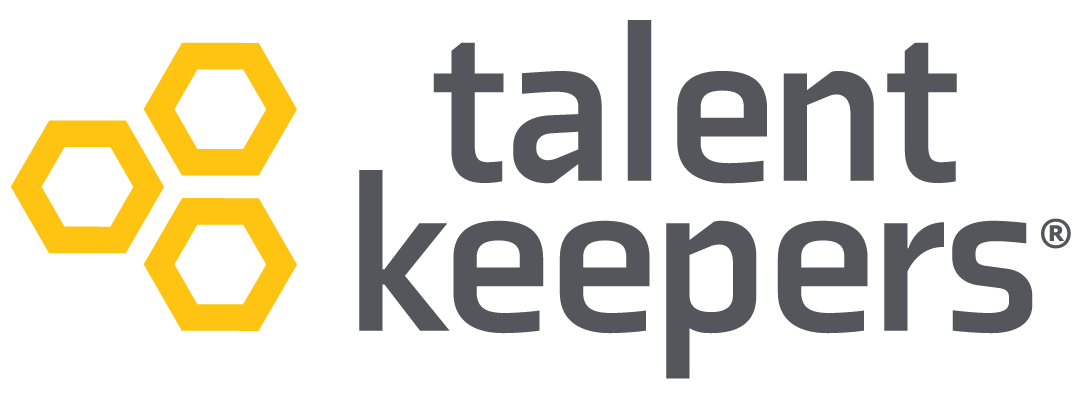Strengthen your communication with mistake reversal skills.
1. Communicate performance expectations and the reasons behind change.
Employees feel nothing is more important than a leader they can trust. Often employees say they want a leader who “has their back” or is their “advocate” with others within the organization.
Central to building this trust with team members is not surprising them with new or changing performance requirements. However, the pace of business today requires organizations and leaders to adjust frequently to the evolving opportunities and challenges. Leaders with good interpersonal communication share changes in performance expectations. The reasons behind these changes are teams who adapt their performance more quickly and maintain higher levels of team member engagement.
Use these tips to ensure you have set performance expectations:
a. Begin by asking your team members to describe their current performance expectations.
b. Listen for accuracy and discuss any differences you hear so you correct the performance expectations in these areas.
c. Ask your team members what you could start, stop or continue doing in the future to avoid missed expectations.
Use these tips when changes to performance expectations are necessary:
a. First, acknowledge that you are changing the team member’s performance expectations and clearly explain the revised expectations.
b. Explain the business needs which are driving this change. Be sure to use “we” instead of “they” when describing the reason for the shift. Align yourself with the senior leadership team, demonstrate your support for the change and avoid blaming others.
c. Emphasize that the ability of the team member to deliver the new performance requirements directly impacts the employee, the team’s performance, and the organization’s performance.
d. Ask your team member to describe the new performance requirements, listen for accuracy, and correct as appropriate.
Discussion Question: Describe when your organization or department went through a change that impacted the performance expectations for your team.
i. How did you communicate the difference to your team members?
ii. What went well, and what would you have done differently?
______________________________________________________________________________
2. Continuous improvement is essential. Share mistakes and missed opportunities to build trust, establish good communication, and improve performance.
Mistakes happen! It’s not a matter of “if” we’ll make a mistake; it’s a matter of when. This is especially true in high-paced environments and when implementing new processes and procedures.
High-performing organizations create an environment where team members are encouraged to think outside the box and create new, more effective ways to accomplish tasks and achieve results. This is what engaged team members do; they give “discretionary effort,” going beyond expectations. Predictably, this creativity leads to new approaches, and sometimes mistakes happen.
What’s most important is how we respond when mistakes occur, both our own mistakes and when others make them.
When we make a mistake, we must “reverse” the mistake as quickly as possible. This involves three simple steps: 1) admitting the mistake, 2) apologizing with no excuses, and 3) taking corrective action to prevent repeating the mistake in the future.
When others make mistakes:
· Remove blame and approach the situation with a “let’s fix it” approach.
· Focus on how to correct the mistake and prevent it from happening again.
· Maintain the dignity of the person who made a mistake.
· Body language plays an essential part. Be mindful of how you are expressing yourself.
Blaming and punitive consequences for mistakes will create an environment where team members are afraid to try new things and develop new approaches for fear of making mistakes. They will do just the minimum required in their roles. This is the opposite of the “discretionary effort” we receive from engaged team members.
Research shows one highly effective way to demonstrate it is okay to make mistakes is to:
· Share mistakes or missed opportunities to be more effective with your team.
· Shart your next team meeting by providing good eye contact, sharing one mistake you made or an opportunity you missed in the last week or two.
If you do this consistently, your team members will begin to share their mistakes and missed opportunities too. This is an environment of continuous improvement where everyone self-evaluates their performance and looks for ways to improve.
Discussion Question: Describe when you could leverage a mistake you made into an opportunity. Think of an improved process that would not have occurred if you were unwilling to admit and share the mistake.
i. What steps did you take to communicate effectively?
ii. What gave you the confidence to share your mistake?







